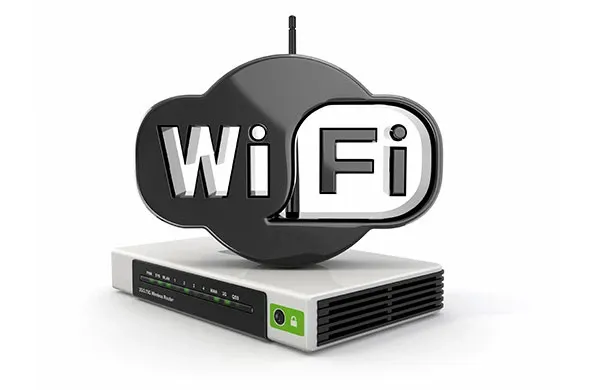PC Market Returns to Growth in 1Q24
Global PC shipments grew around 3% YoY in 1Q24 after eight consecutive quarters of declines due to demand slowdown and inventory correction, according to Counterpoint Research.

The combined consumer and enterprise worldwide wireless local area network (WLAN) market segments increased 1.8% year over year in the third quarter of 2016 (3Q16), and increased 6.7% on a sequential basis to finish at $2.47 billion. According to the International Data Corporation (IDC) Worldwide Quarterly WLAN Tracker, the enterprise segment grew 8.4% year over year in 3Q16 to finish at $1.45 billion, the second consecutive quarter of strong growth. The sustained growth observed so far in 2016 can be attributed to refresh cycles and the funding of digital transformation initiatives in many enterprises.
The 802.11ac standard now accounts for 67.1% of dependent access point unit shipments and 80.9% of dependent access point revenues, setting the stage for near obsolescence of the 802.11n standard by 2018 in the mainstream enterprise segment.
Meanwhile, consumer WLAN market revenue decreased 6.3% on a year-over-year basis in 3Q16, finishing at $1.02 billion. The adoption of the 802.11ac standard in the consumer market has been significantly slower than in the enterprise segment, coupled with rapid price erosion on consumer-grade devices. In 3Q16, the 802.11ac standard accounted for just 25.2% of shipments and 52.7% of revenue in the consumer category.
"In customary fashion, the enterprise WLAN market performed robustly in the third quarter of the year. In every facet of business, and across different verticals from education to hospitality, mission-critical functions are continuing to migrate from the wired network to wireless. This positions the worldwide enterprise WLAN market to continue performing strongly, even as other markets experience softness., said Nolan Greene, senior research analyst, Network Infrastructure at IDC.
From a geographic perspective, the enterprise WLAN market saw its strongest 3Q16 growth coming from Asia/Pacific (excluding Japan)(APeJ), which increased 28.8% year over year largely on the heels of a 55.7% increase in China (PRC) over the same period. Japan returned to growth for the first time since 2014, increasing 7.4%. Western Europe grew 6.7% in 3Q16, with strong showings in Germany (up 26.7% year over year) and Spain (up 23.5%). Central and Eastern Europe (CEE) was up 6.3%. The Czech Republic was the standout performer in CEE, at 67.1% year-over-year growth. Middle East and Africa (MEA) increased 4.2% on an annualized basis in 3Q16, helped by Egypt's 84.4% increase over 3Q15. North America saw a more tepid 2.7% growth rate in the quarter, impacted by an 8.4% decline in Canada. Latin America was the sole region to record an overall decline, contracting 2.9% in 3Q16, although Chile (up 17.8% year over year) and Mexico (up 16.8% year over year) were bright spots.
"With enterprises and service providers investing in digital transformation-related mobile infrastructure upgrades and network refreshes, APeJ recorded very strong 3Q16 growth, with most of the other regions making similar investments albeit on a smaller scale. This really speaks to the now near universally accepted use of WLAN and mobility for mission-critical enterprise applications., said Petr Jirovsky, research manager, Worldwide Networking Trackers.
Cisco's 3Q16 worldwide enterprise WLAN revenue increased 0.4% year over year in 3Q16. Cisco's worldwide market share came in at 43.7% in 3Q16, virtually unchanged from 2Q16, and down from 47.1% in 3Q15. IDC believes that the Meraki cloud-managed WLAN portfolio remains one of the primary growth drivers for Cisco, offsetting declines in its traditional controller-based WLAN portfolio. Aruba-HPE (excluding its OEM business and excluding H3C as of 2Q16), increased 5.0% sequentially. Aruba-HPE's market share stands at 14.3% in 3Q16, down from 14.6% in 2Q16. Brocade-Ruckus grew 22.0% year over year in 3Q16. Brocade-Ruckus accounted for 6.7% of the overall market in 3Q16, down from 6.8% in 2Q16 and up from 6.3% in 3Q15. Huawei experienced very strong growth in 3Q16, increasing 208.0% over 3Q15, while claiming 4.3% market share, up from 1.5% in 3Q15. Ubiquiti also recorded noteworthy growth in 3Q16, increasing 87.0% year over year. Ubiquiti accounted for 4.3% of the overall market in 3Q16, up from 2.5% in 3Q15.